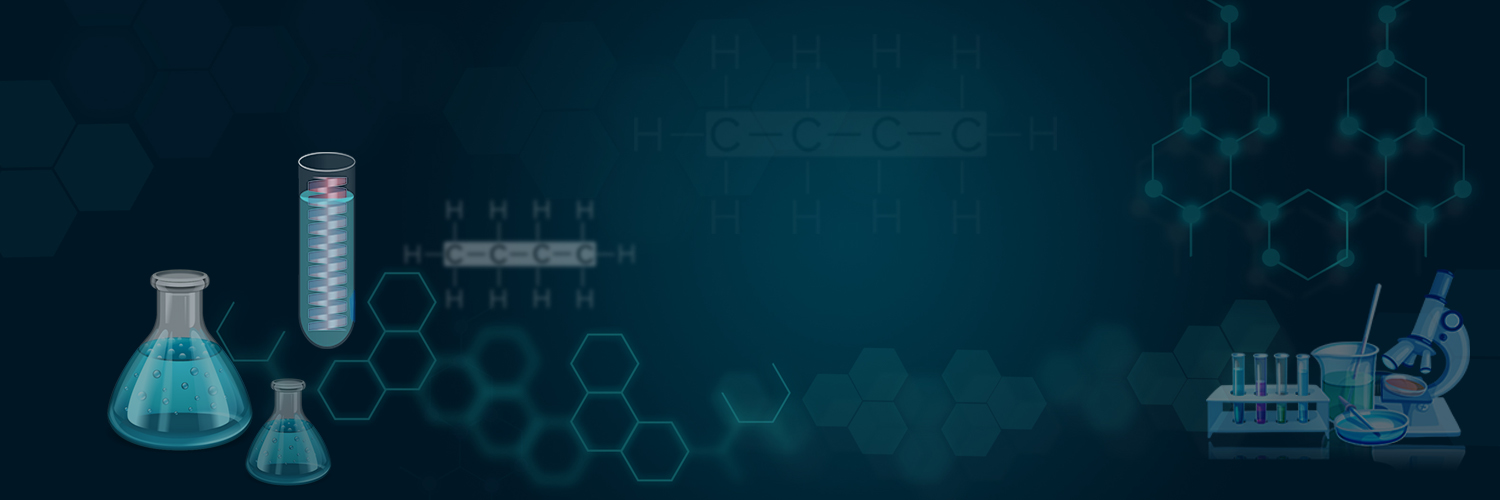
Comparison of physical and chemical changes:
| Physical change | Chemical change |
| No new substance is formed in a physical change. | A new substance is formed in a chemical change. |
| A physical change is a temporary change | A chemical change is a permanent change. |
| A physical change is easily reversible. | A chemical change is usually irreversible. |
| Very little heat or light energy is usually absorbed or given out in a physical change. | A lot of heat or light energy is absorbed or given out in a chemical change. |
| The mass of a substance does not alter in a physical change. | The mass of a substance does alter in a chemical change. |